Description
With this Forecast Weather Lesson, you can add hands-on, engaging activities to your weather unit. Use the interactive reader and activities to teach your student about the forecast. Students will color and answer questions in the mini-book, identify and match everyday activities with the appropriate forecast, and practice writing their days of the week while tracking the forecast with the 7-day forecast tracker.
Weather Forecast worksheets include additional activity ideas for this mini-lesson on the teacher and caregiver guides. Ideal for use in the classroom or at home. Using ASL with your students improves their cognitive abilities. For example, the sign language anchor wall chart will help your students remember new words. There’s no need to worry about not knowing how to sign; the ASL Dictionary link will help you gain confidence.
Included in the Forecast Weather Lesson
- Teacher’s Guide
- Caregiver’s guide
- 8×10″ ASL Anchor Wall Chart
- Forecast Interactive reader
- Sorting Activity
- 7-Day Forecast tracker
- ASL Dictionary link
Benefits of using Sign Language in your Weather Forecast.
ASL can be used with all types of intelligence, which makes it a great way to add to any curriculum.
- Signing and speaking are part of linguistic intelligence; learn one word in two ways.
- With logic-mathematical, kids can see how language grows.
- Musical; add signals to songs or rhymes that kids already know.
- Body-kinesthetic: As we sign, kids can feel the words or letters.
- In spatial learning, the child sees the sign take shape.
- Interpersonal; the child signs with a group, a parent, or a teacher.
- Lastly, intrapersonal learning lets the child sign while reading.
Common Core
- CCSS.RI.K.1 – With prompting and support, ask and answer questions about key details in a text.
- CCSS.RI.K.3 – With prompting and support, describe the connection between two individuals, events, ideas, or pieces of information in a text.
- CCSS.W.K.2 – Use a combination of drawing, dictating, and writing to compose informative/explanatory texts in which they name what they are writing about and supply some information about the topic.
- K-ESS2-1 -Use and share observations of local weather conditions to describe patterns over time. Examples of qualitative observations could include descriptions of the weather (such as sunny, cloudy, rainy, and warm); examples of quantitative observations could include numbers of sunny, windy, and rainy days in a month. Examples of patterns could include that it is usually cooler in the morning than in the afternoon and the number of sunny days versus cloudy days in different months. Assessment of quantitative observations limited to whole numbers and relative measures such as warmer/cooler.
5-Day Weather Challenge
Teach Weather in the Classroom the Fun Way with English and Sign Language. Wondering where to start? This five-part training provides step-by-step guidance and ASL PDF resources to help you succeed.
Learn more here! Weather in the Classroom
👉🏿 Additional Resources 👈🏻
Collect more Weather fun here.
ASL Boom™️ Cards here.
Sign Language Books on Amazon here.
Subscribe to our YouTube channel.
Sign Language in the Classroom: Quick Guide here.
Love this product? Explore Membership Options Here!


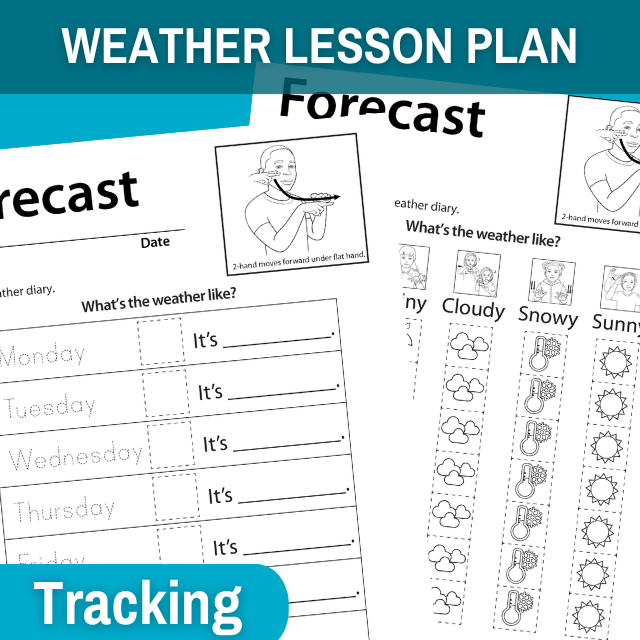
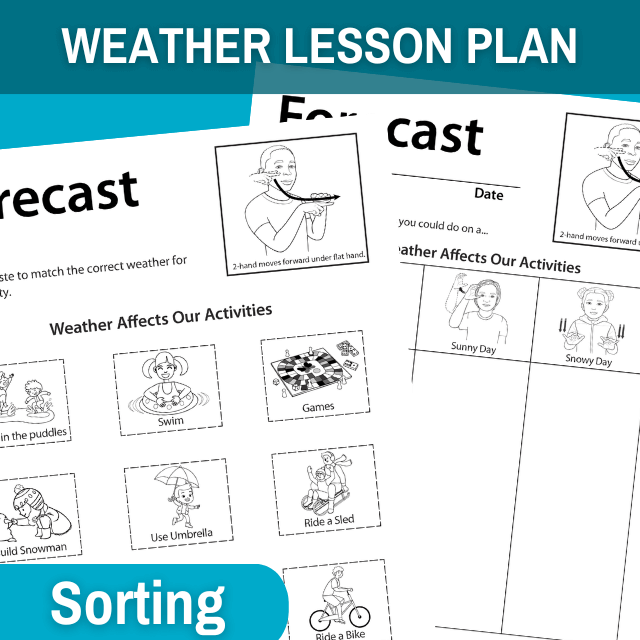
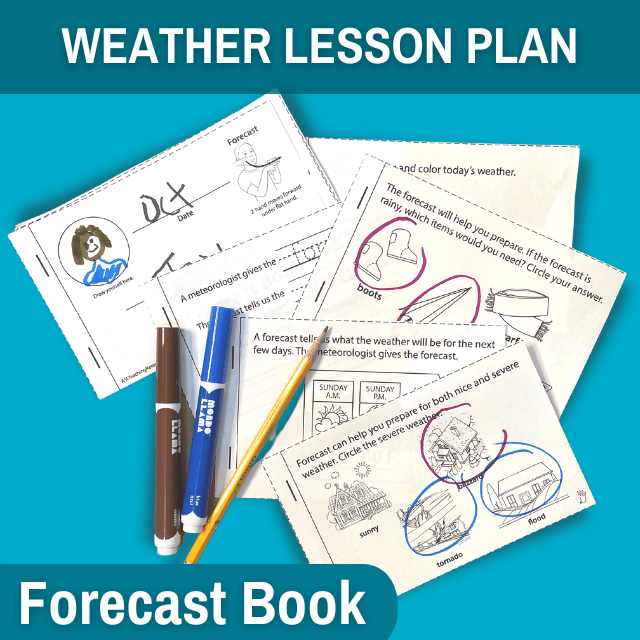

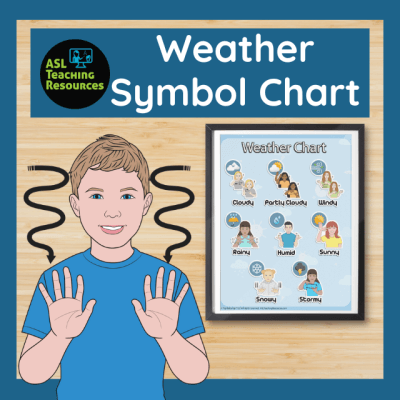
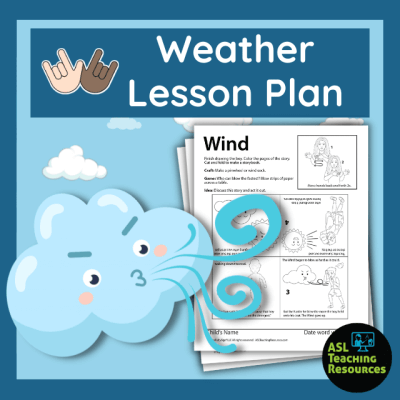
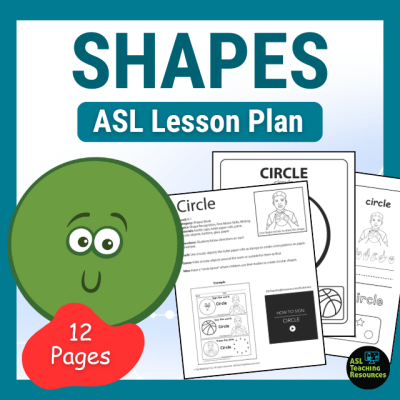

Reviews
There are no reviews yet.